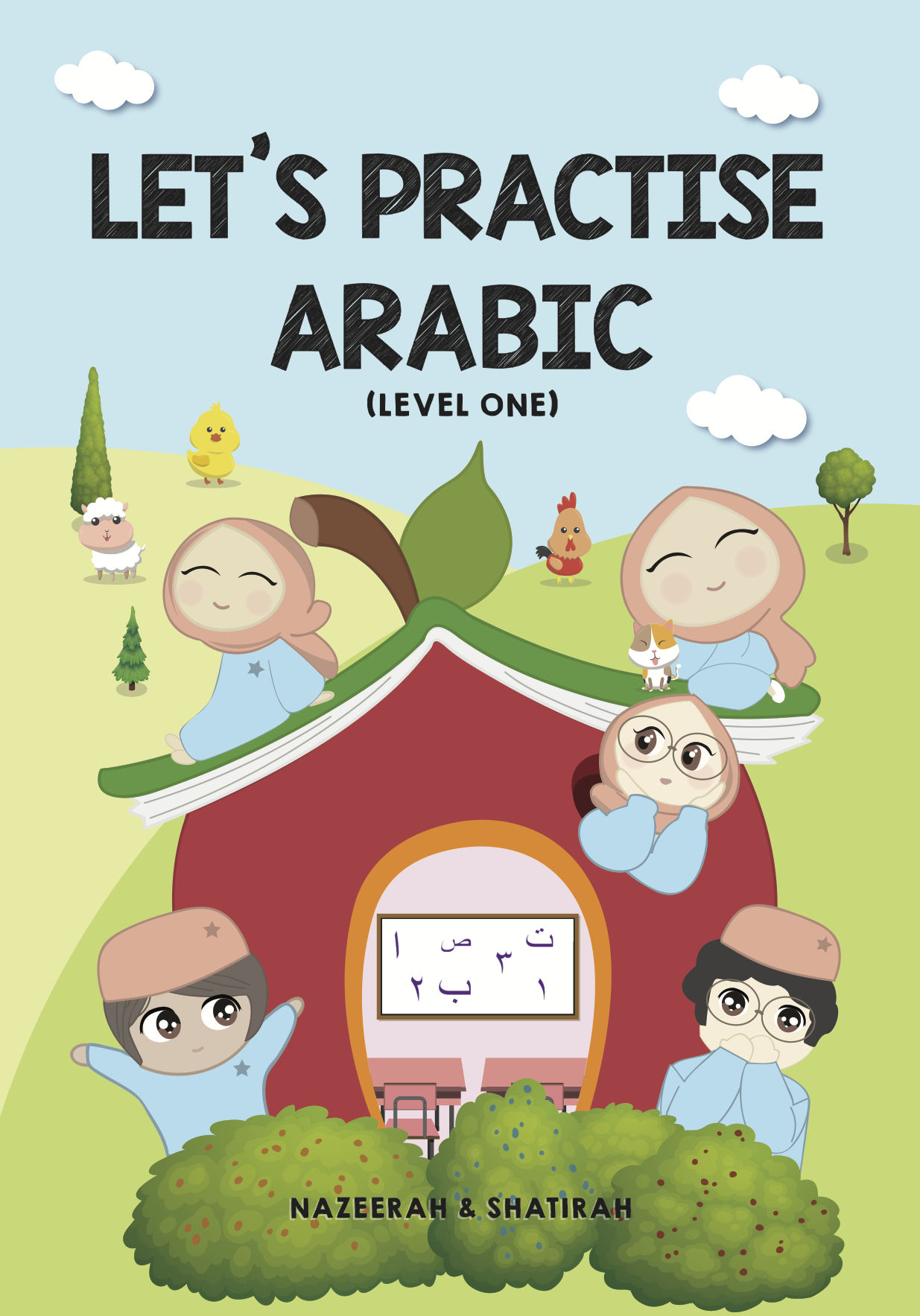Parents of primary Madrasah students in Singapore, get ready to unlock a secret to your child’s success in the Arabic language! Spoiler alert: it’s all about consistency! In this guide, we’ll explore how consistent Arabic practice can help overcome limited language exposure and set your child on the path to Arabic mastery. Let’s dive in and discover how to make Arabic learning a fun daily habit!
The Power of Consistency in Language Learning
Before we get into the nitty-gritty, let’s discuss why consistency is so important when it comes to learning Arabic. As parents in Singapore, we know that our kids don’t get as much exposure to Arabic as they would in an Arabic-speaking country. But here’s the good news: consistent practice can bridge that gap!
Research shows regular, spaced-out practice sessions are more effective for long-term language retention than cramming (Ebbinghaus, 1885/19131). So, a little bit of Arabic daily can work wonders for your child’s language skills!
Creating a Consistent Arabic Learning Routine
1. Set Realistic Goals
First things first, let’s set some achievable goals. Rome wasn’t built in a day, and neither is Arabic fluency! Start small and build up gradually. For example:
- Week 1: Learn 5 new Arabic words a day
- Month 1: Have a 2-minute conversation in Arabic
- 6 Months: Read a short Arabic story independently
Remember, progress, not perfection, is the name of the game!
2. Establish a Daily Arabic Time
Pick a specific time each day for Arabic practice. It could be right after breakfast, during the afternoon “brain break,” or as part of the bedtime routine. The key is to make it a non-negotiable part of your day, just like brushing your teeth!
Pro tip: Use your “Let’s Practice Arabic – Level 1” workbook during this time. Its structured lessons are perfect for daily practice sessions!
3. Make it Fun and Varied
Let’s face it: doing the same thing daily can get boring, even in Arabic! Mix things up to keep your child engaged:
- Monday: Vocabulary practice with flashcards
- Tuesday: Arabic conversation practice
- Wednesday: Write a short story in Arabic
- Thursday: Watch an Arabic cartoon
- Friday: Play an Arabic language game
- Saturday: Practice with “Let’s Practice Arabic – Level 1” workbook
- Sunday: Have an Arabic-only family dinner
4. Use Technology to Your Advantage
In our digital age, why not let technology lend a hand? There are tons of great apps and online resources that can make consistent Arabic practice a breeze:
- Set daily reminders on your phone for Arabic time
- Use language learning apps for quick practice sessions
- Watch Arabic YouTube videos together
Remember, technology should supplement, not replace, traditional learning methods like your trusty “Let’s Practice Arabic – Level 1” workbook!
5. Track Progress and Celebrate Wins
Nothing motivates like seeing progress! Create a fun tracking system to visualize your child’s consistent efforts:
- Make an “Arabic Practice Calendar” and use stickers for completed days
- Create a “Word Wall” to display new vocabulary learned each week
- Keep an “Arabic Journal” to note down achievements and challenges
Remember to celebrate milestones, no matter how small. Have you finished a chapter in “Let’s Practice Arabic—Level 1”? That calls for a special treat!
Overcoming Challenges to Consistent Practice
Let’s be real: life happens, and sometimes, it can throw a wrench in our best-laid plans. Here are some common challenges and how to tackle them:
1. Busy Schedules
Fitting in daily Arabic practice can seem daunting between school, extracurriculars, and family time. Try these solutions:
- Integrate Arabic into daily activities (e.g., practice vocabulary while getting dressed)
- Use “dead time” productively (e.g., listen to Arabic podcasts during car rides)
- Wake up 15 minutes earlier for a quick Arabic session
2. Lack of Motivation
Some days, your child might not feel like practicing Arabic. That’s normal! Here’s how to keep the motivation going:
- Use a reward system (e.g., earn points for consistent practice to “buy” a special treat)
- Make it a family challenge (who can use the most Arabic words in a day?)
- Connect Arabic learning to your child’s interests (e.g., learn Arabic words related to their favorite hobby)
3. Difficulty Level
As your child progresses, they might hit some roadblocks. Don’t let this derail your consistency:
- Break down difficult concepts into smaller, manageable parts
- Use the scaffolded approach in “Let’s Practice Arabic – Level 1” to gradually build skills
- Don’t be afraid to review previous material – revision is key to mastery!
The Long-Term Benefits of Consistent Arabic Practice
Keeping up with daily Arabic practice might seem like a lot of work, but the payoff is huge! Here’s what your child can look forward to:
- Improved Fluency: Consistent practice leads to smoother, more natural Arabic communication (Segalowitz & Hulstijn, 20052).
- Better Academic Performance: Regular language practice can boost cognitive skills that benefit all areas of study (Bialystok, 20013).
- Increased Confidence: As your child’s Arabic skills grow, so will their confidence in using the language.
- Cultural Connection: Consistent Arabic practice opens doors to deeper understanding and appreciation of Arab culture.
- Future Opportunities: Fluency in Arabic can lead to exciting academic and career prospects down the road.
Wrapping It Up
Remember, parents, consistency is key to mastering Arabic. By creating a regular practice routine, making it fun and varied, and overcoming challenges together, you’re setting your child up for success in the Arabic language.
Your “Let’s Practice Arabic—Level 1” workbook is an excellent tool for supporting this consistent learning journey. Its structured approach and engaging exercises make it perfect for daily practice sessions.
So, are you ready to embark on this consistent Arabic learning adventure with your little language superstar? Remember, every word learned, every page completed in your workbook, and every day of practice is a step toward Arabic mastery. The sense of pride and accomplishment you’ll feel as you witness your child’s blossoming Arabic skills will be the sweet reward for your consistent efforts!
Keep up the great work, and happy Arabic learning, everyone!
References:
- Ebbinghaus, H. (1913). Memory: A contribution to experimental psychology (H. A. Ruger & C. E. Bussenius, Trans.). Teachers College Press. (Original work published 1885) ↩︎
- Segalowitz, N., & Hulstijn, J. (2005). Automaticity in bilingualism and second language learning. In J. F. Kroll & A. M. B. de Groot (Eds.), Handbook of bilingualism: Psycholinguistic approaches (pp. 371-388). Oxford University Press. ↩︎
- Bialystok, E. (2001). Bilingualism in development: Language, literacy, and cognition. Cambridge University Press. ↩︎


